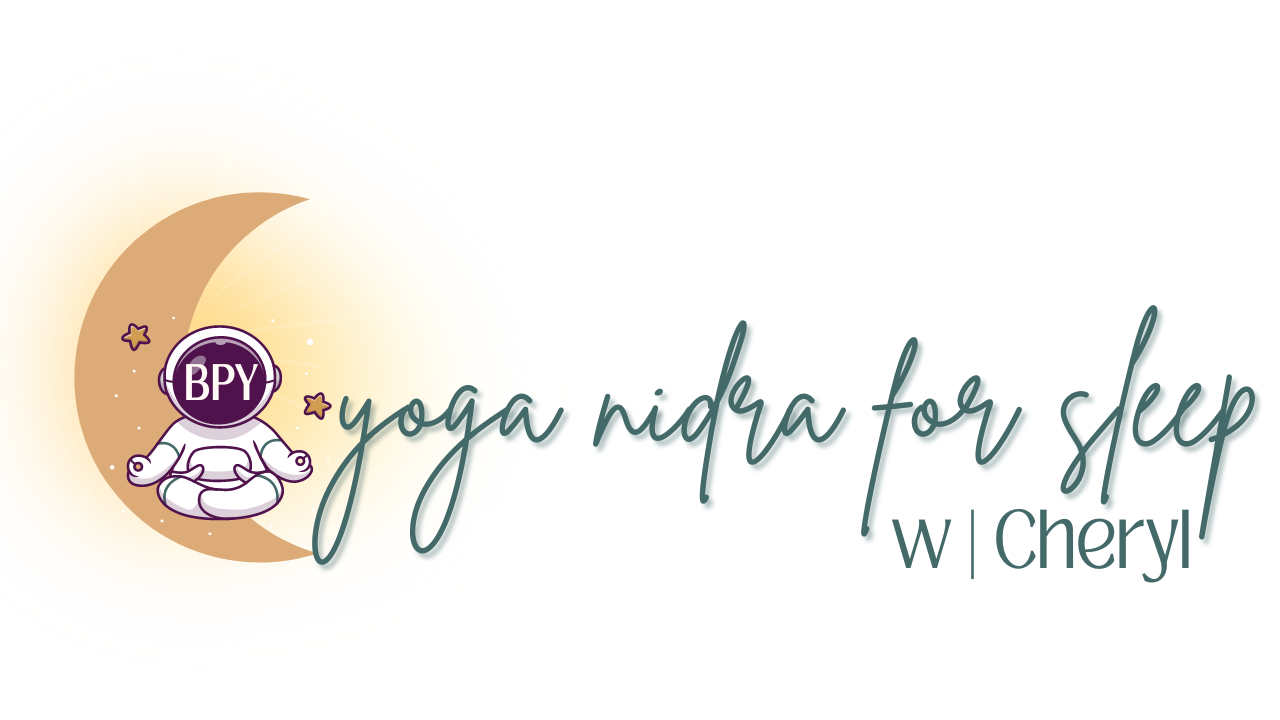Yoga Nidra for Sleep w | Cheryl

About Course
Lack of sleep and fatigue affect more and more of us. The pace of life is so fast that we find it difficult, if not impossible, to relax enough at night to fall asleep – and stay asleep. Sleeping medications and alcohol might help, but that is not a habit we want to develop. Luckily, a path to deep sleep has been practiced for thousands of years. It is natural, easy to do, and offers many benefits beyond a good night’s sleep.
It is called Yoga Nidra, and it is essentially a method for falling asleep while remaining conscious. The state of mind you enter through Yoga Nidra has been called mind awake/body asleep, and in the East, it is known as the gateway to higher consciousness. The philosophical roots of this practice can be found in the Mandukya Upanishad and it has found contemporary expression as NSDR (non-sleep deep rest.)
In this three-part pre-recorded program, you will explore the traditional spiritual implications of this profound state of awareness and its modern application as a remedy for sleeplessness. Each session will blend insights from Swami Satyananda Saraswati with the findings of contemporary neuroscience and a guided Yoga Nidra practice specifically designed to address insomnia and improve sleep quality. Participants will receive recordings of the Yoga Nidra Programs for their personal use.
Course Content
Yoga Nidra for Sleep Module 1
-
Session 1 – Yoga Nidra for Sleep
00:00
Yoga Nidra for Sleep Module 2
Yoga Nidra for Sleep Session 3
Student Ratings & Reviews


